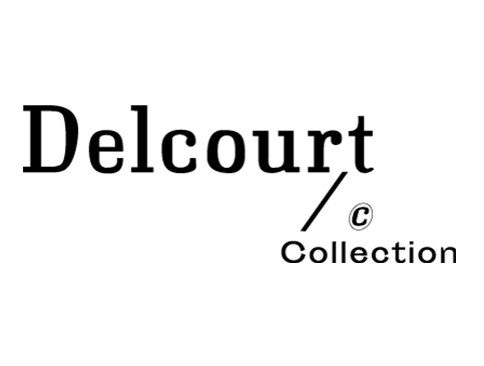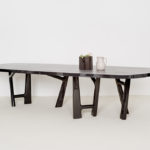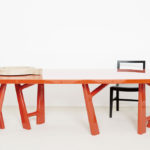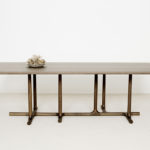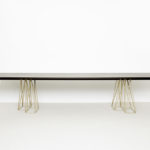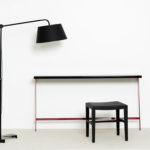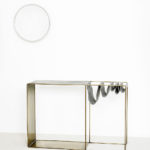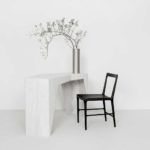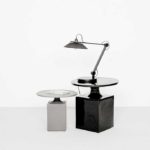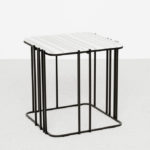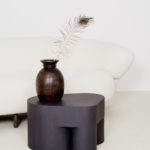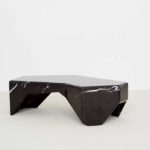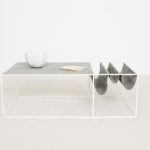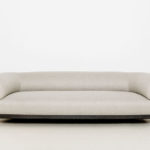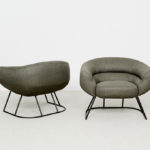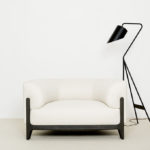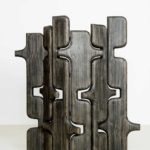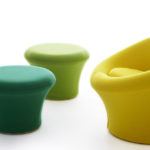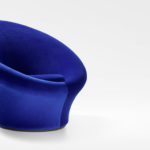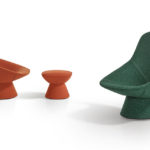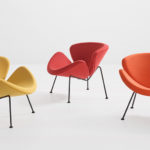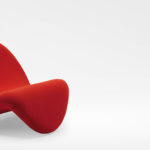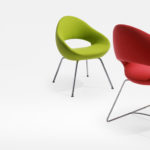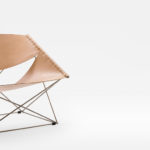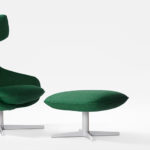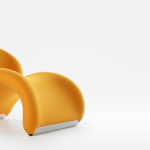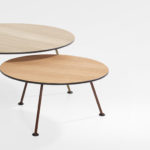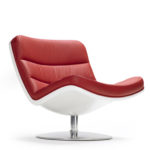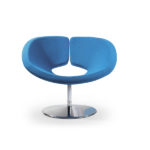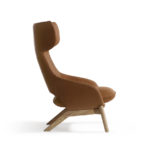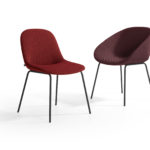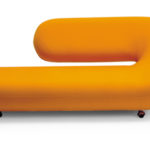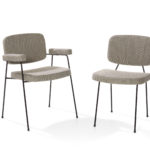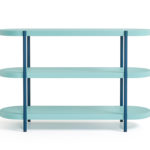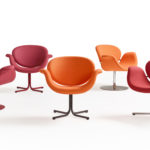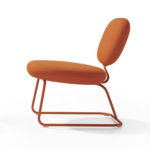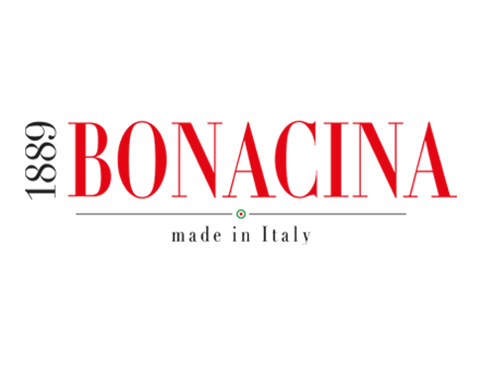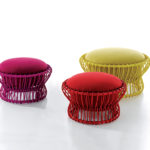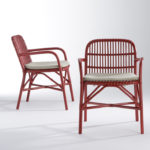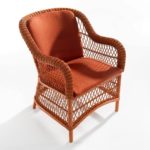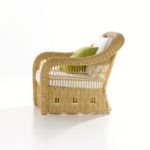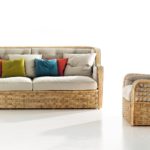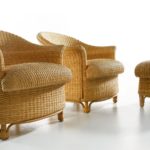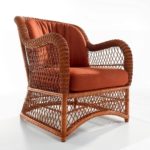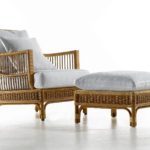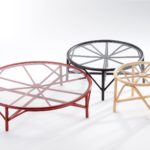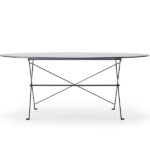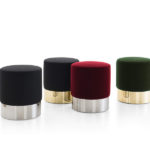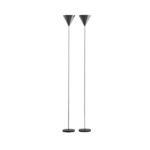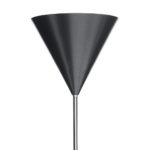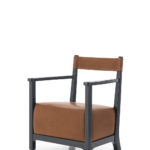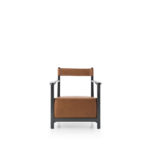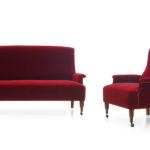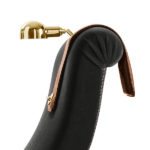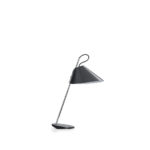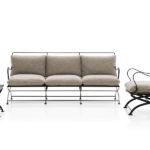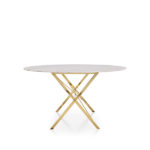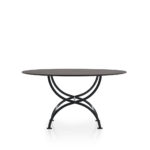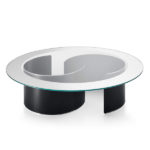A durable and singular approach
When he appears for the first time on the French design scene, it is as Creator of the year at Maison et Objet fair. We are in 1999. Christophe Delcourt is in his thirties and showcases his first creations (objects and lighting) with the particularity of being at the same time their designer, their manufacturer and their editor. The whole at a time when the bare notion « Maison d’édition » is, if not inexistent, still confidential.
This singular approach though is not moved by any kind of mundane quest for independence, but only by the will to give a precise and perfectly mastered frame to what will quickly become a true signature. As a result, a collection of lighting and contemporary furniture pieces, drawn as close as possible to the materials (wood, bronze, metal, ceramics, leather, etc.) and according to traditional craftsmanship..
The French designer’s projects combine raw materials and sober and elegant lines, abundantly inspired by the beauty of natural materials and their ability to be part of the shape of an object thanks to their capillary characteristics such as the richness of the material and the color. The designer has repeatedly admitted that nature is the first inspiring element and initial part of his design process. In fact, in the natural world there are several incredible shapes that can be applied to furniture design: shapes, colors and textures, which can be combined in infinite different ways.
Delcourt’s work is a true testimony of his love for materials and for his deep devotion to artisanal and manual manufacturing; his projects, lamps or furnishings, are never fashionable or the result of rapid trends, but are timeless, refined and unique eternal objects, with the pleasure of seeing them grow old and the certainty that they will accompany you throughout your life.
Its main masters to be constantly looked at as an example and as a major artistic influence are some French design legends such as Jean Prouvé, Pierre Chareau and Jean-Michel Frank.
Recently the designer has completed his work with a specific collection of fabrics, materials and neutral and natural colors, to be used for his furnishings, further perfecting the personal and refined vision of the concept of living and living in his own spaces.
Delcourt’s studio and atelier continues to be in the heart of the 7th arrondissement of Paris, inside a sober and elegant courtyard, next to what was once the historic home of the master of French couture Yves Saint Laurent.
